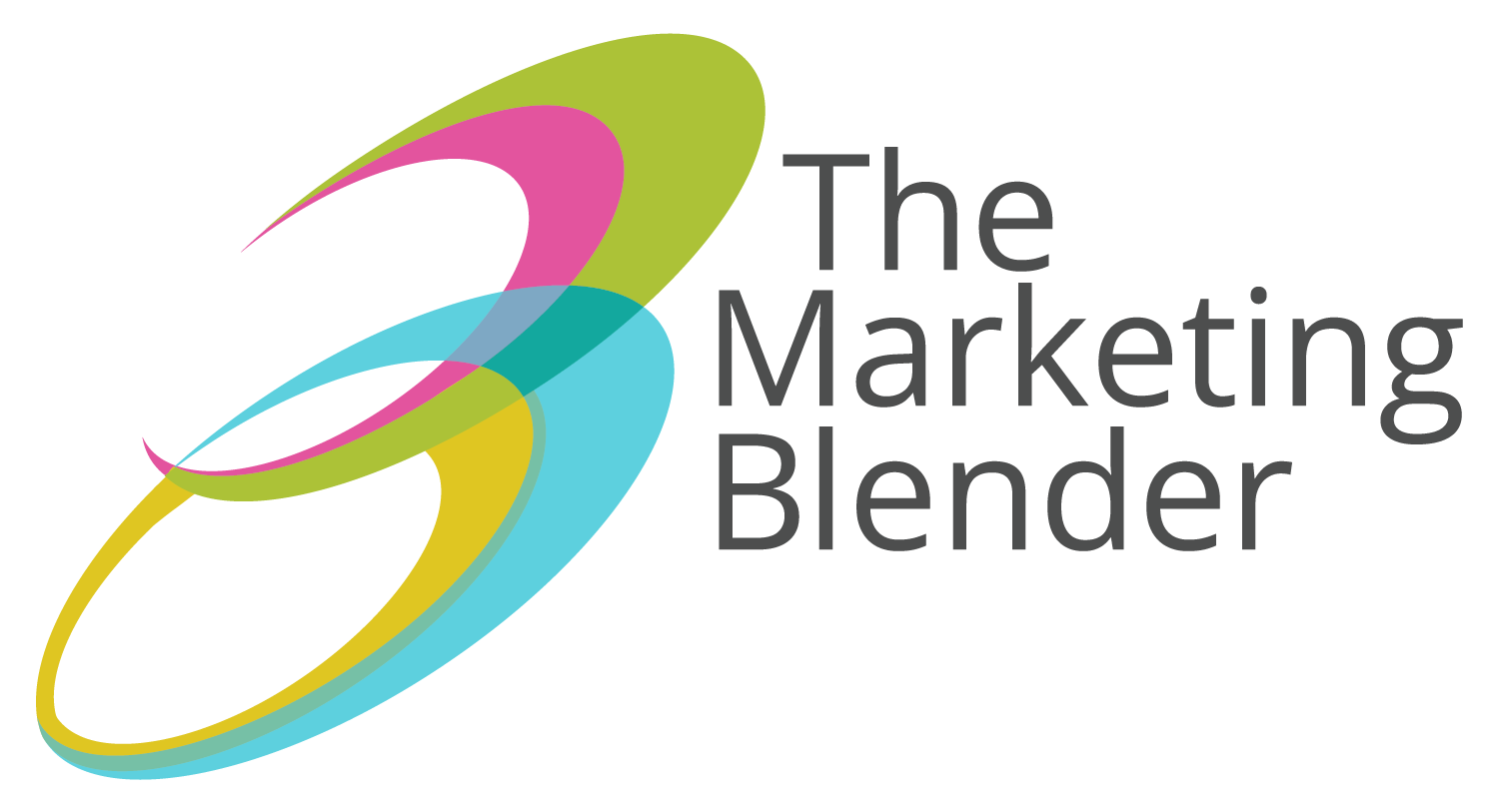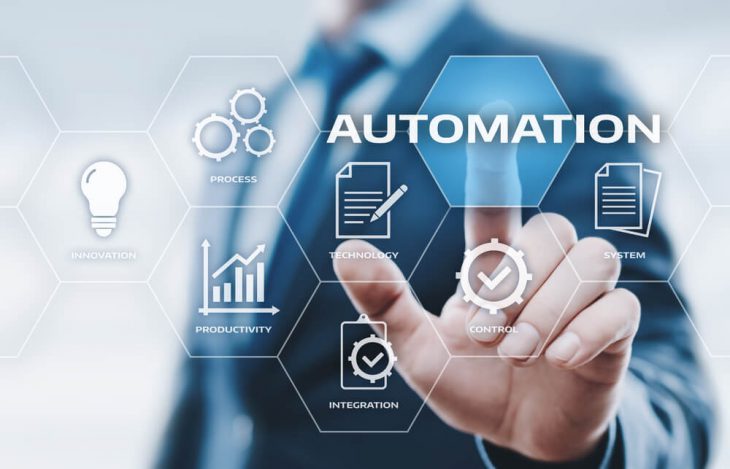Is your B2B marketing automation strategy helpful or harmful to your business growth? That really depends on if you are using it well or if it is breaking the prospect relationship. The ingenious use of chatbots, schedulers, email deployments, push notifications, text reminders, website audits, ad retargeting, and countless other automations have changed the business game for good. Suddenly, we have unlimited ways to speed up processes, expand our reach, enhance customer touchpoints, convert leads, run tests, and analyze data – with new automations emerging regularly.
But what exactly should you automate in marketing? And better yet, how do you do it successfully?
Those are the questions we answered in our widely shared podcast episode “The Truth About B2B Marketing Automation”. In this blog, we’ll continue that conversation, giving you the rundown of automation benefits, dos and don’ts, and useful B2B marketing automation tips to get you started.
Exactly What Problems Does B2B Marketing Automation Solve?
As creative and unique the world of marketing may seem, a large portion of the work is made up of recurring and predictable tasks. This includes frequent customer touch points across the buyer journey, data collection and reporting, scheduling inquiry calls, sending sales reminders, asking for referrals, etc.
The amount of human power needed to diligently execute all these tasks, for every customer or potential customer, several times throughout the year is overwhelming. That goes for both large-scale companies with immeasurable clientele and small businesses with a limited marketing workforce.
By investing in a carefully planned automation process, you can:
- Direct time toward other, higher value and more enjoyable tasks
- Reduce human error in these repeatable processes
- Alleviate chronic fatigue of your marketing personnel
- Speed up a thoughtful and established customer journey
A strong B2B marketing automation strategy expands your capacity like no other resource can. It is well worth using – if you do it right.
Here are Some Worthwhile B2B Marketing Automation Examples
It’s important to think of automations as a second pair of hands rather than a second brain. You’ll want to focus on necessary, duplicative tasks rather than critical business actions or important client conversations.
Audience nurturing – Email sequences, message personalization, and multi-channel communications
Ad retargeting – Based on lead triggers, such as downloads or clicks
Reminders or action prompts – Abandoned cart notifications, survey requests, touch point check ins.
Social media posting – Scheduling platforms, such as Metricool, post your social media editorial calendar. (Helpful tip: Just because you can automate on all social platforms, doesn’t mean you have to be on all. Focus on those that drive the most sales and engagement).
Data reporting – CRMs (content relationship management systems) pull reports based on performance, audience analysis, sales, and much more.
Lead follow up – Routine email, text, call, or other form of communication in the buyer journey such as subscribing, filling out a form, or scheduling a call.
Lead qualification – Determining the steps a lead completes that gives information on their intent or interest level, such as confirming an inquiry call, or filling out a form, and scoring those actions.
Sales milestones – Alerts on sales quotas, revenue generated, pricing promotions, and more.
Sales tasks in CRM – Actions based on prospect behavior, such as referrals, payment reminders, and product reviews.
Chatbot engagement – Especially helpful for users on websites of products or services that are not simple to explain.
Direct outreach (with care!) – Cold calling, cold emailing, or text notifications when the user did not subscribe. Only do this if you are delivering HIGH value to the user so they are glad to hear from you.
B2B Marketing Automation Strategy Gone Wrong
On the user side, people can almost always tell when they are receiving communication from an automated process. Automation is not a replacement for personable conversations, large transaction processes, client-facing calls, or customer grievances. Doing so can cause irreparable damage and possibly deface your company image.
Our guidance is to never automate processes that:
- Are currently not working properly – Learn it manually first to get it right, then automate.
- Involves a human touch – For example, you wouldn’t robocall your clients to ask how they are feeling about the business relationship.
- Are the most fun and creative – Use automation to do the boring AND time consuming parts of the work so you have time to do what you love.
When in Doubt, Follow this System
Here are practical ways you can prioritize and start your automation processes.
- Low lift, high impact – Simple email campaigns, basic reporting, lead follow up, and ad campaigns can give you return on your investment
- Low lift, ongoing incremental impact – Continuous communication such as social media posting, chatbots, reminders, direct outreach
- High lift, high impact – Complex email campaigns, user milestone triggers, omnichannel marketing, and advanced reporting and lead scoring
- High lift, low impact – Don’t bother to do anything that takes a lot of effort to set up and doesn’t produce desired results.
Still nervous to get your B2B marketing automation journey going? As complex as automation may seem, the rewards can be tremendous. Contact The Marketing Blender today if you need more support or if you are ready to outsource this entirely.



